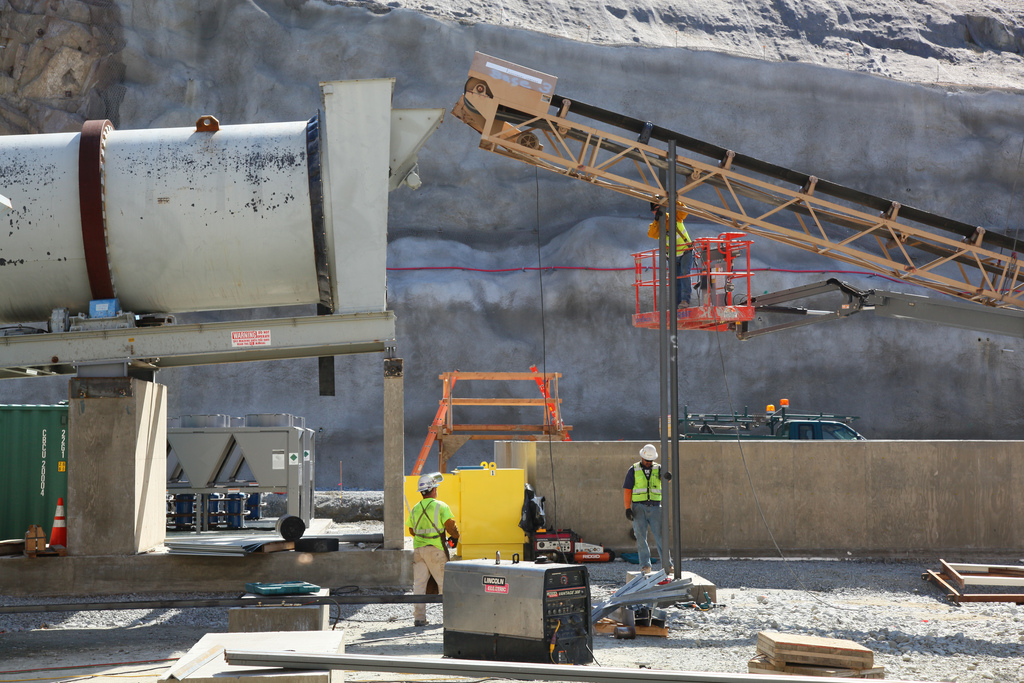A recent analysis indicates a challenging path ahead for California as it struggles to meet its climate change targets. After a brief dip during the pandemic, the state’s emissions rose by 3.4% in 2021, driven by economic recovery efforts. Now, California must nearly triple its efforts in reducing greenhouse gases if it aims to comply with the state law mandating a 40% reduction from 1990 levels by 2030—a target that grows more daunting and expensive with each passing year.
“As we get closer to that 2030 goal, the fact that we’re further off just means that we have to decrease faster each year,” Stafford Nichols of Beacon Economics and co-author of the California Green Innovation Index, said.
The state also grapples with even steeper goals set by the Air Resources Board, pushing for a 48% reduction by the same year, a plan backed vigorously by Gov. Gavin Newsom.
David Clegern, a spokesperson for the board, in a statement to CalMatters expressed confidence in meeting these targets, including reaching carbon neutrality by 2045. Nevertheless, he acknowledges that updating climate programs and fortifying regulations is time-consuming, requiring translation into real-world actions and projects.
California has already made significant advances in cleaning up vehicle emissions, setting regulations to phase out gasoline-powered cars by 2035, and witnessing a rise in electric vehicle sales.
However, challenges surfaced in the power sector, particularly electricity generation due to the drought, leading to increased reliance on natural gas plants, which remain substantial greenhouse gas contributors.
As the state seeks to transition to zero-carbon, all-renewable energy by 2045, there is a pressing need for action in various domains, including the cement industry, known for high emissions levels. The air board notably has stepped up efforts for industry decarbonization. Some in the industry have turned to exploring low-carbon alternatives and carbon capture technologies. Clegern pointed out that the transition is critical for California’s older, more carbon-intensive cement plants.
Wildfires have also been significant carbon emitters, complicating the state’s environmental efforts.
Despite challenges, the California Green Innovation Index highlights the state has one of the lowest per-capita emissions in the U.S. and is third in carbon efficiency, trailing New York and Massachusetts. However, as the state moves towards steeper reduction requirements, finding achievable measures becomes increasingly demanding.
Experts note that while California’s past achievements are commendable, they don’t guarantee future success, and the pace of change must escalate to meet looming climate goals. This sentiment is echoed by Danny Cullenward, an economist and vice chair of the Independent Emissions Market Advisory Committee, who commented to CalMatters that, unfortunately, California is currently not on track for its 2030 climate target. The stark reality places California at a pivotal juncture, prompting the need for more decisive action and innovation to fulfill its climate commitments.







